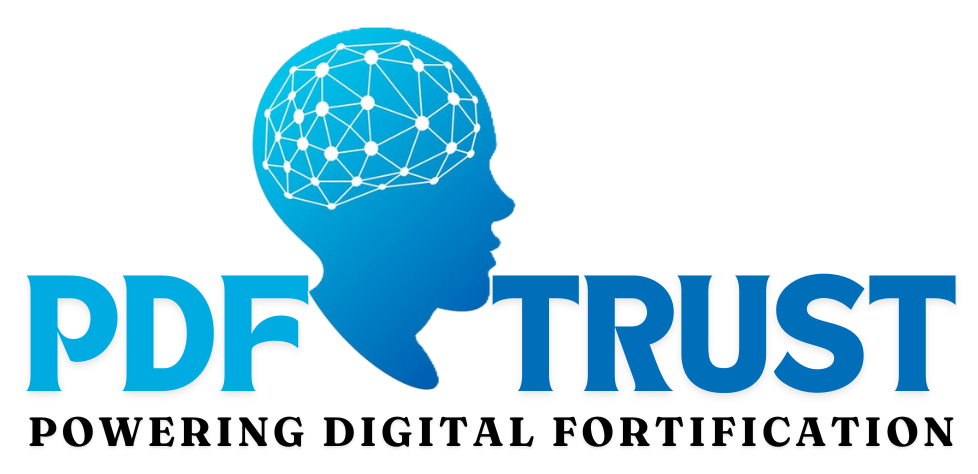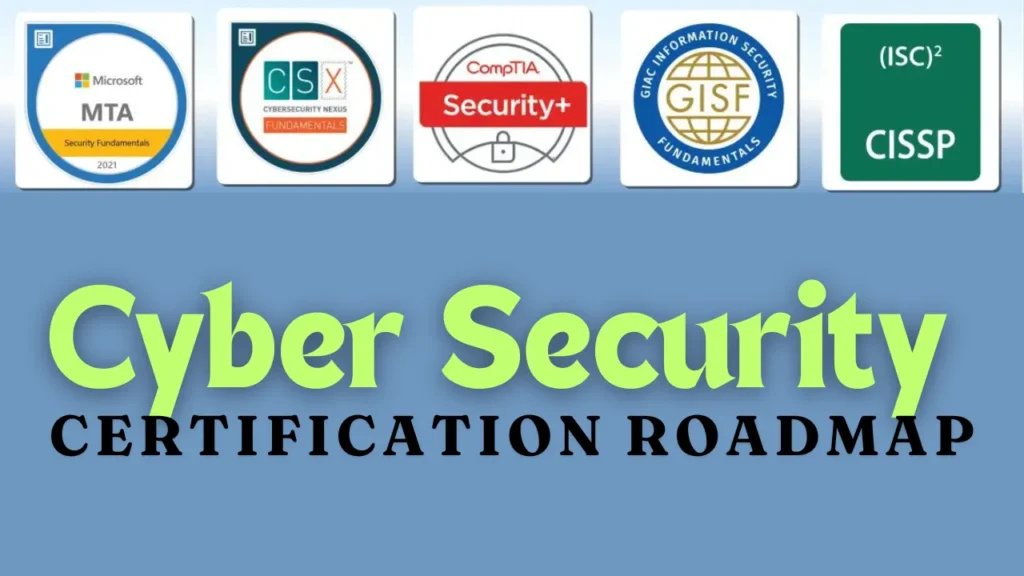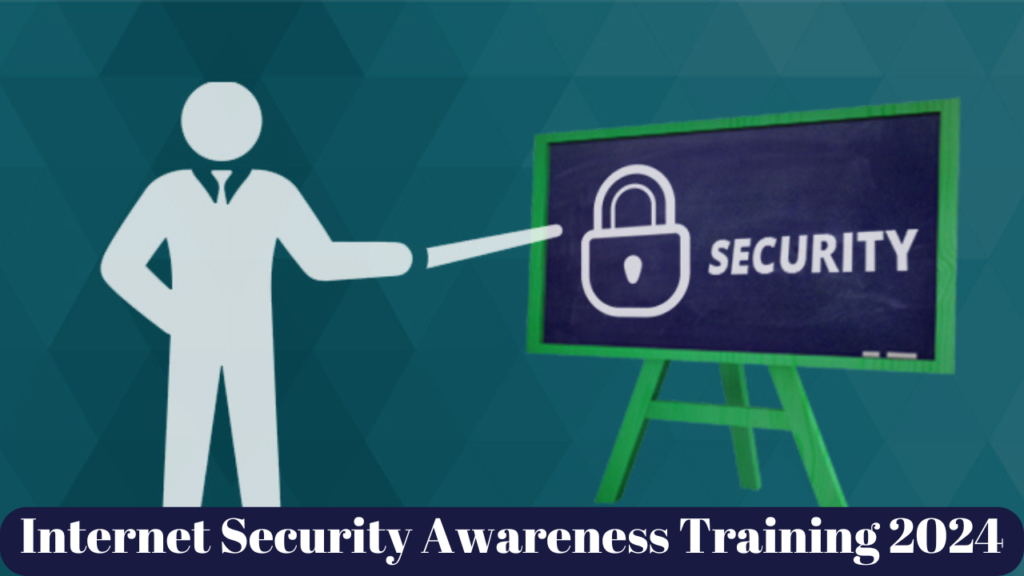Cyber Security in 2024

Today, we live in a globally connected world where technology has become the cornerstone of almost all endeavors, ensuring cyber security is crucial. New and improved threats occur steadily in the years today and thus, it is important for people and businesses to be keen while handling their online properties.
As the year 2024 approaches, knowing what cyber security 2024 is like and what is expected from us is important for us when it comes to the protection of ourselves and our data from hackers and cybercriminals.
Chapter 1: Understanding Cyber Threats
1.1 The Rise of Cybercrime:
- Explain why cybercrime levels have risen sharply recently through use of phishing, ransomware attacks, data breaches, etc.
- Emphasize the economic and image losses resulting from cyber attacks to specific individuals, organizations, and countries.
1.2 Types of Cyber Threats:
- The most obscured cyber threats include: Malware: This is a software that is designed to cause harm to computer networks, systems and data through unauthorized change in their functionality.
- Explain how common types of cyber attacks can be devastating and identify examples of their effects, to help learners better understand how cyber attacks can occur and why they are significant.
Chapter 2: Cyber Security Best Practices
2.1 Strong Password Management:
- Stress on the necessity to develop and implement complicated passwords for respective service requirements.
- Introduce Password Managers, as software that can create and store passwords.
2.2 Two-Factor Authentication (2FA):
- Describe how using 2FA it difficult for a hacker to get a hold of a person’s account as he/she is required to enter another set of characters than the password.
- To help readers enable two factor authentication, provide information on how to do it for the accounts and devices.
2.3 Regular Software Updates:
- Emphasize the role of frequent updates, maintenance of the software, operating systems, applications to deal with the security loopholes.
- Offer guidelines on the improvement of Automatic Update settings for enhanced means of the security measures.
2.4 Safe Internet Practices:
- Inform users regarding various potential threats that can be potentially encountered such as clicking links in emails from unknown senders, downloading files of unsuspicious origin or visiting unsafe websites.
- Suggest how to recognize phishing scams and be attentive to the specifics of the online threat.
Chapter 3: Securing Your Devices

3.1 Endpoint Security:
- Explain why computers, smartphones, and IoT devices should be protected in your written response.
- Unfortunately, introduce malware, viruses, and other security threats and introduce antivirus software, firewalls, and other tools to secure against them.
3.2 Data Encryption:
- Discuss specifically what it means to encrypt data and how it aids in keeping personal information safe.
- Give procedural tips for securing files, emails, and communications for increased security.
3.3 Mobile Device Security:
- Emphasize the risks and vulnerabilities that are associated with mobile devices and define elements of security as a process that has to implement measures like device encryption and remote wipe capabilities.
- Based on the identified mobile risks, it is recommended the installation of quality security apps and/or software.
Chapter 4: Cyber Security in the Workplace

4.1 Employee Training and Awareness:
- Emphasise the importance of employing training programs for making the employees more aware of the threats that are out there and the measures that are recommended to take in order to avoid them.
- Provide information on how these fake phishing attacks could be carried out, in addition to how one could hold frequent training sessions.
4.2 Network Security:
- Explain why the corporate networks should be protected by business security technologies like firewalls, I.D.S and VPNs.
- Tell some aspects about the safe setup of the wireless network and strict access control.
4.3 Incident Response Planning:
- Stress on the necessity of integrating and executing the most adequate procedures of incident response to prevent and control cyber cases for organizations.
- Discuss what the major stages of managing an incident are and indicate what exactly happens at each of these stages.
Chapter 5: Emerging Trends in Cyber Security

5.1 Artificial Intelligence and Machine Learning:
- Learn how AI &ML is being adopted for improving vast domains like cyber security either in aspects like threat identification or analytical prediction.
- Explain the opportunity and the threat of deploying AI in defending organizations against cyber threats.
5.2 Quantum Computing and Cryptography:
- Consider the influence of the quantum computing perspective on the key cryptographic algorithms as well as initiatives towards the creation of quantum safe cryptosystems.
- Note that current and future work is pointing out the direction for making use of quantum computing more secure.
5.3 Internet of Things (IoT) Security:
- Discuss the increasing awareness of IoT dangers and the pragmatic need to establish strong security protocols that will enhance safety of the connected smart devices.
- Enumerate features that need to be implemented for IoT devices and its network in order to have a stronger defense against cyber threats.
Transforming technology today poses significant risks to an individual’s digital account security. This paper highlights the need to rise up to the occasion and take the bull by the horn by embracing latest knowledge on threat models and taking protective measures against cybercrimes. And so the key to maintaining strong cyber security in the year 2024 and beyond lies in constantly keeping abreast, remaining alert, and being ready with strong defense and strategies against cyber adversaries.
There’s no better place to start, joining me today as we decode the tapestry of information security and help you overcome the risks of the new computer age. What can at times be a confusing and overwhelming field is made plain and easy to understand in this brief but comprehensive guide.
CYBER THREATS

Chapter 1: Demystifying Cyber Threats
1.1 The Three Faces of Cyber Threats:
- Cybercrime: Hackers, intruders: Entity or a group of people with malicious intent, aiming to gain financial advantages or jam systems.
- Cyber-attack: Targeted cyber-operations motivated by political aspirations with the main intention of gathering as much information as possible.
- Cyberterrorism: Its objective is to create or provoke panic or fear through the destabilization of electronic elements.
1.2 Understanding Common Threats:
- Malware: Harmful software that is programmed to invade and cause damage to computers or other devices; typically it is launched through unsolicited e-mail messages or files downloaded from the Internet.
- Varieties of Malware:
- Viruses: Computer viruses: These are programs that automatically copy themselves into acceptable files and propagate through a network or system.
- Trojans: Given that these malwares hide themselves as genuine applications whose aim is to manipulate users and cause damage to their systems.
- Spyware: Once installed it stealthily logs the movements of the user in order to pilfer from him/her valuable information.
- Ransomware: Reads files and writes encrypted copies while asking for a ransom to unencrypt them.
- Adware: It accelerates wants, and at times, tends to display unwanted advertisements with the potential of being a vector for malware.
- Botnets: Bots are the networks of computers that are infected for criminal intent.
- SQL Injection: This one thrives on the weakness of databases and intends to gain unauthorized information from them.
- Phishing: Phishing – an act in which fake emails, or emails from fake companies, are sent to spam users with the aim of extracting personal identity details from them.
- Man-in-the-Middle Attack: Snooping interrupts connectivity with the goal of spying or modifying information.
- Denial-of-Service Attack: Inundates networks to cause certain problems or make networks and systems inaccessible.
Chapter 2: Exploring Recent Cyber Threats
2.1 Diving into Dridex Malware:
- A virtual virus that spreads via emails containing forged messages in a bid to con, thereby causing much loss.
2.2 Understanding Romance Scams:
- Daters are the most vulnerable part of the population since they are manipulated and faced with demands to provide their information, which results in financial losses.
2.3 Shedding Light on Emotet Malware:
- A domain generating Trojan which is spreading globally, reinforcing the need for strong passwords and higher security.
Chapter 3: Essential Strategies for Protecting Yourself

3.1 Embracing End-User Protection:
- Endpoint security is the securing of individual entities such as a particular host or a device against threats using encryption, detection and behavioral analysis in real time.
3.2 Practical Cyber Safety Tips:
- It is critical to keep software and operating systems up to date to address and have a fix for security issues easily.
- Some of the preventive measures that can be taken include using genuine anti-virus software programs and updating them.
- To make passwords more secure and uncrackable, develop energetic and distinctive passwords that have no relation to each other.
- Stay safe from phishing email such as avoiding opening emails with attachments or clicking on links from strangers.
- Minimize the use of free Wi-Fi networks, as they may be a gateway to cyber criminals.
Conclusion
With this knowledge and strategies that make sense, I assure you are more suited to tackle the cyber security world fully. Understanding how these threats work and taking measures to properly secure oneself can therefore help ward off most modern cyber threats. Please, note that safety should always be on high alert as a pivotal means of protection in cyberspace.









10 Comments